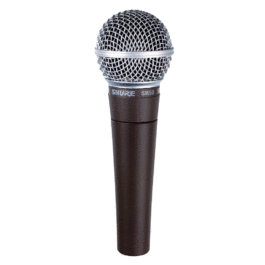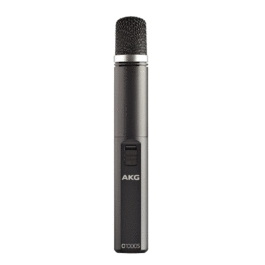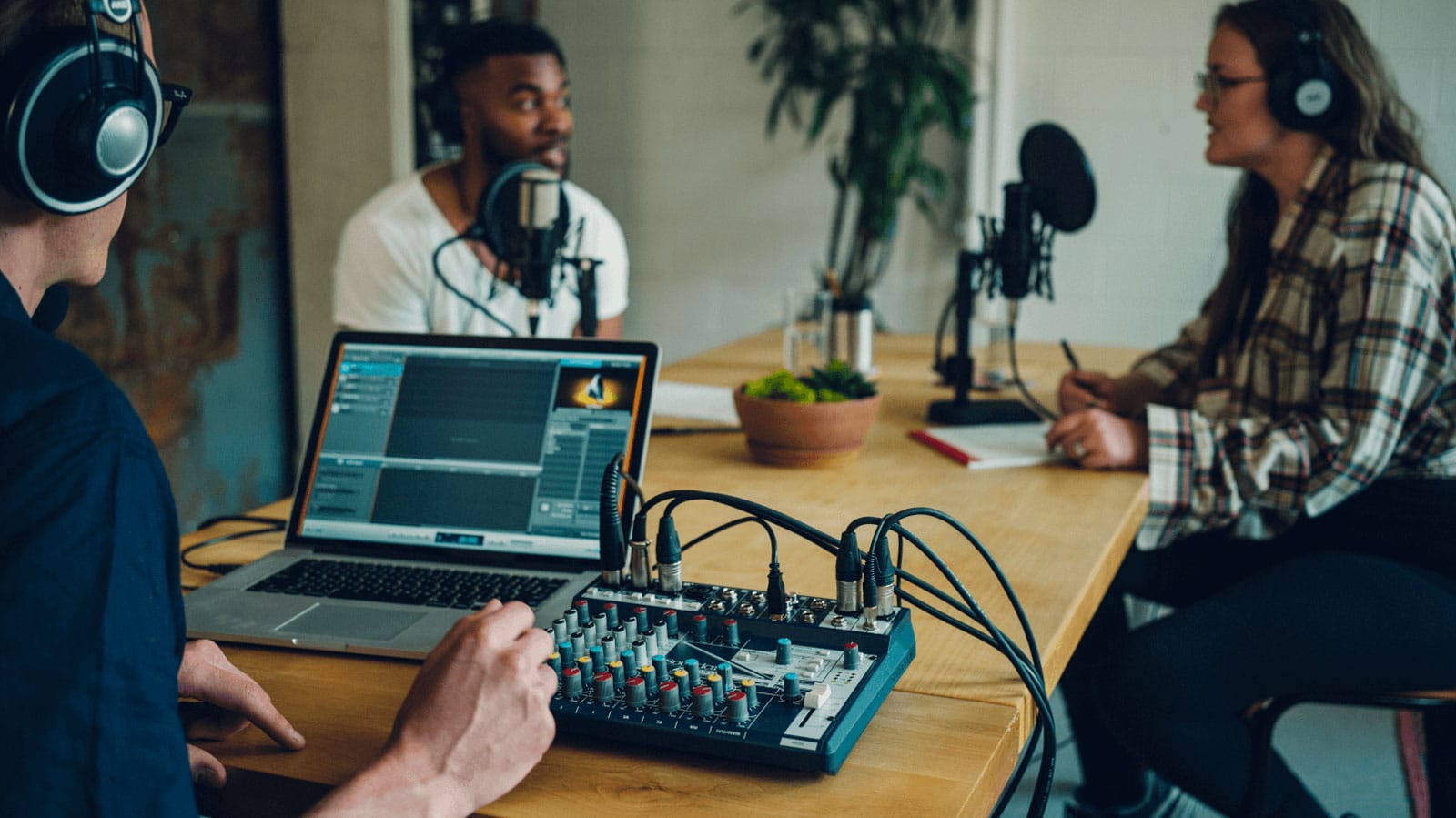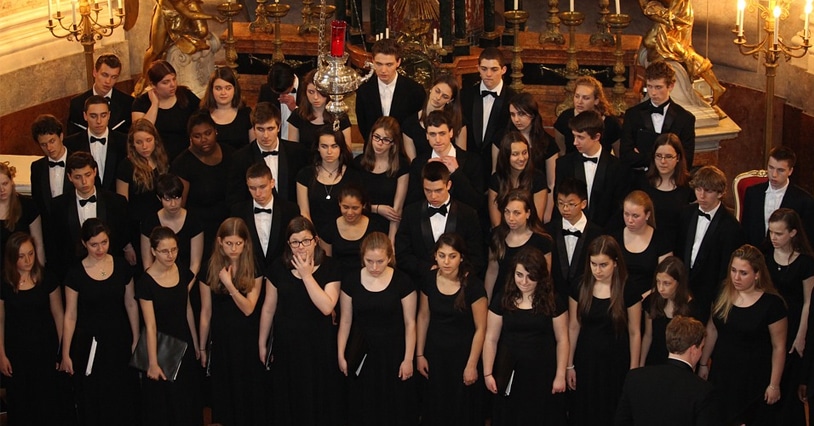
Choirs and ensembles have existed ever since people first discovered how to sing. As our desire for entertainment grew, choirs attracted bigger and bigger audiences, which in turn mean we needed the performances to be louder.
One of the oldest techniques for increasing volume came down to stage design. Of course, most modern choirs and ensembles can’t afford to build an amphitheatre, so instead, modern sound engineers mic up choirs and ensemble groups.
Of course, miking up your choir requires some thought. You can’t simply grab the first microphone you see and hope for the best. Today we’re going to take a look at some of the microphone options that are available to you.
When miking your choir, you need to ensure that you get a good balance of the voices. There are two major decisions you will need to make to ensure that your choir sounds its best; microphone placement, and microphone selection.
Microphone Placement
Before you can decide on microphone placement, you should first decide on how many microphones you should use. The rule of thumb is to use as few microphones as possible.
For placement, you could either hand microphones above the choir. This can be achieved either with specialised boom poles or by hanging them directly from the roof.
An easier option would be to place the microphones in front of the choir. Ideally, you want to place your microphones about a meter in front of the front row, and you want to space them apart by one meter each. By doing so you can avoid the hollow sound that results from phase cancellation or the comb filter effect.
Another popular option is to have a pair of NT5 microphones, pointed at angles to capture the entire choir at a single point. You would place your microphones about two metres away from the choir.
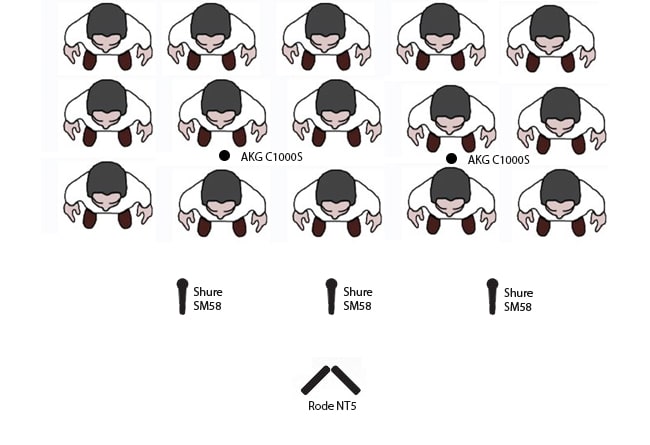
Microphone Selection
RØDE M5 Matched Condensor Microphone Pair
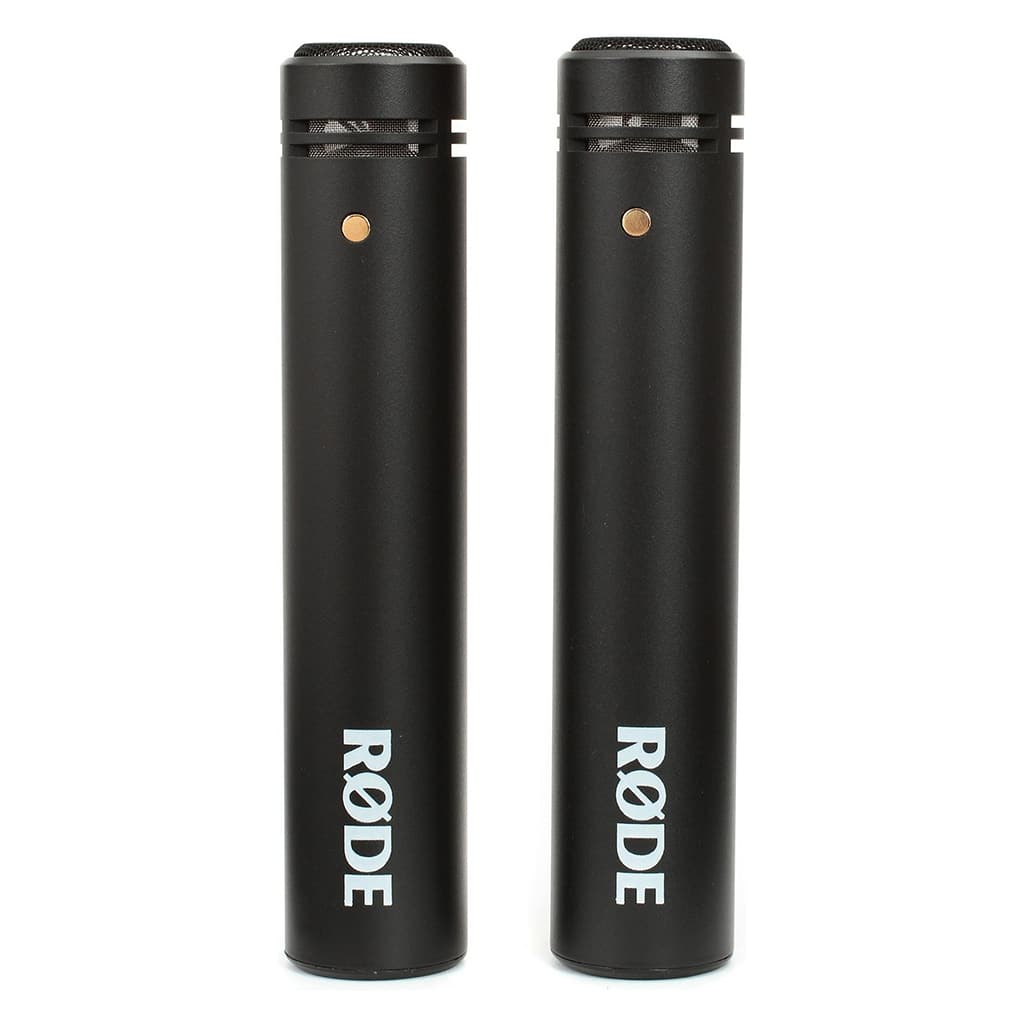
The Rode M5 is a pair of matched microphones that choirs around the world have been using for years. The M5s are condenser mics with a cardioid pickup pattern. While most condenser mics are highly sensitive to their environment, the M5 offers unparalleled noise protection.
That makes them the ideal solution for both live performances and studio settings.
AKG C100S Multipurpose Small-Diaphragm Condenser Microphone
The AKG C100S is the Swiss Army Knife of Microphones thanks to its selectable cardioid/hyper-cardioid selectable directivity. This is the ideal microphone for live vocal.
The microphone can be powered using either a 9v battery or from phantom power from your desk. The robust design allows you to use it on concert tours; clear sound and low noise make it ideal for work in home conditions or in project studios.

Shure SM58 Dynamic Vocal Microphone
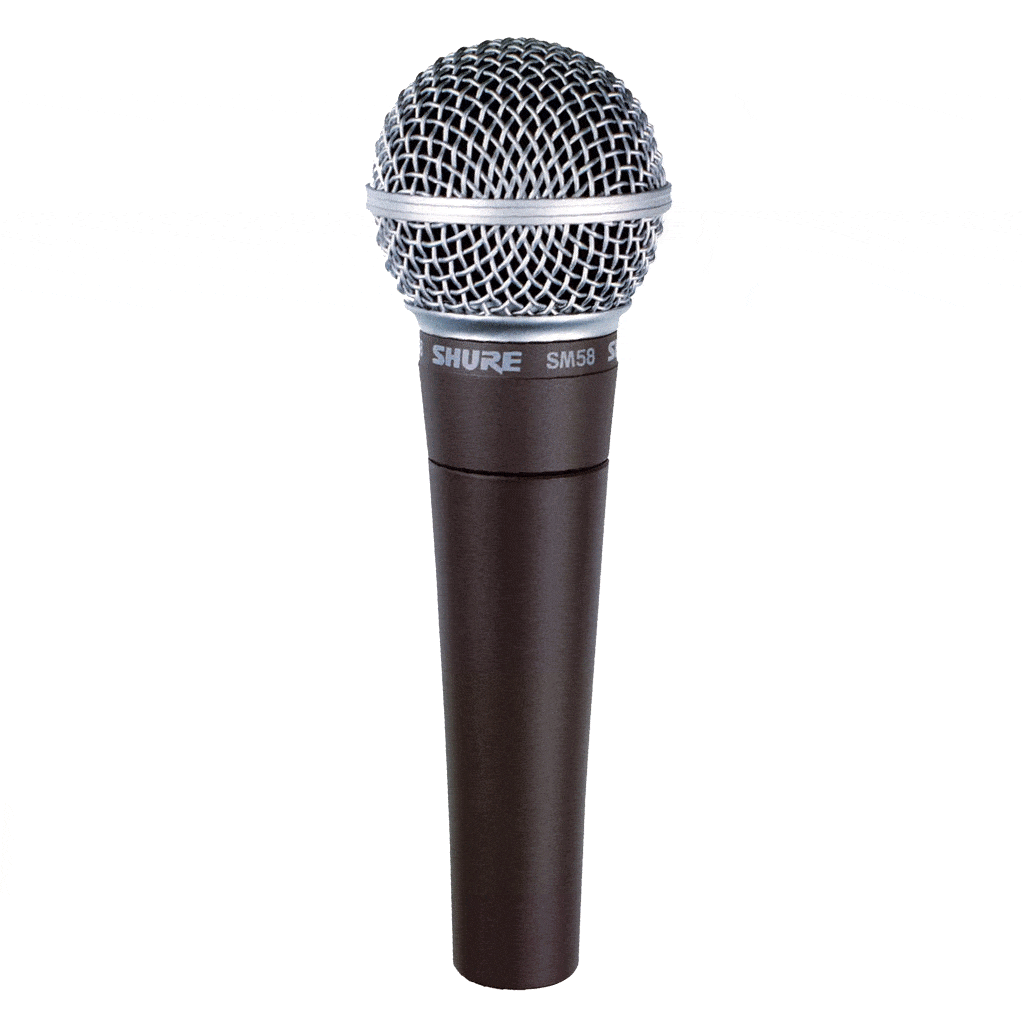
The Shure SM58 is has been one of the most popular vocal microphones since it first launched in 1966. The SM58 is a professional cardioid dynamic microphone, which offers unmatched clarity.
One of the most notable elements of the SM58 is that you can place one in front of any vocalist, and achieve something outstanding. The secret to the SM58’s tone is its critically tuned frequency response, which cuts out low-end rumble and adds a noticeable rise in the upper-mid frequencies.
Shop Choir and Ensemble Microphones Online
-
- Drum Microphones, Drums & Percussion, Recording Microphones, Studio & Recording
Rode M5 Microphones – Matched Pair
-
R5,550R4,510FREE DELIVERY - Select options
-
- Live Sound, Microphones
Shure SM58 Vocal Microphone
-
R2,999R2,779FREE DELIVERY - Select options
-
Request Stock
- Out of Stock
- Live Sound, Microphones, Studio & Recording, Recording Microphones
AKG C1000 S Mk4 Small-diaphragm Condenser Microphone
-
R5,995R4,195FREE DELIVERY - Select options
-



